You may hate him or love him… but you can’t ignore Napoleon Bonaparte, the former French emperor! Born in 1769 in Corsica from the minor nobility, Napoleon rose to fame during the French Revolution and proclaimed himself emperor in 1804. His legacy is still visible in France. Think about the Code Napoleon still in use today. Or the Arc de Triomphe that he commissioned (but never saw completed). Here is a (very) brief biography of Napoleon Bonaparte…
A (very) short biography of Napoleon Bonaparte
Napoleon Bonaparte was born in Ajaccio, Corsica, on the 15th of August 1769.
Born two years before it would have been Italian as the Mediterranean island became part of France in 1767.
This military genius who graduated from the Ecole Militaire in Paris became a general at the young age of 26.
From First Consul to Emperor
Napoleon was elected First Consul of France for life in 1802. In December 1804 he crowned himself emperor of the French at Notre-Dame cathedral. The coronation brought the 1st Republic to an end. France was now under a military despotism presided over by an absolute monarch. His court was re-established in the Tuileries.


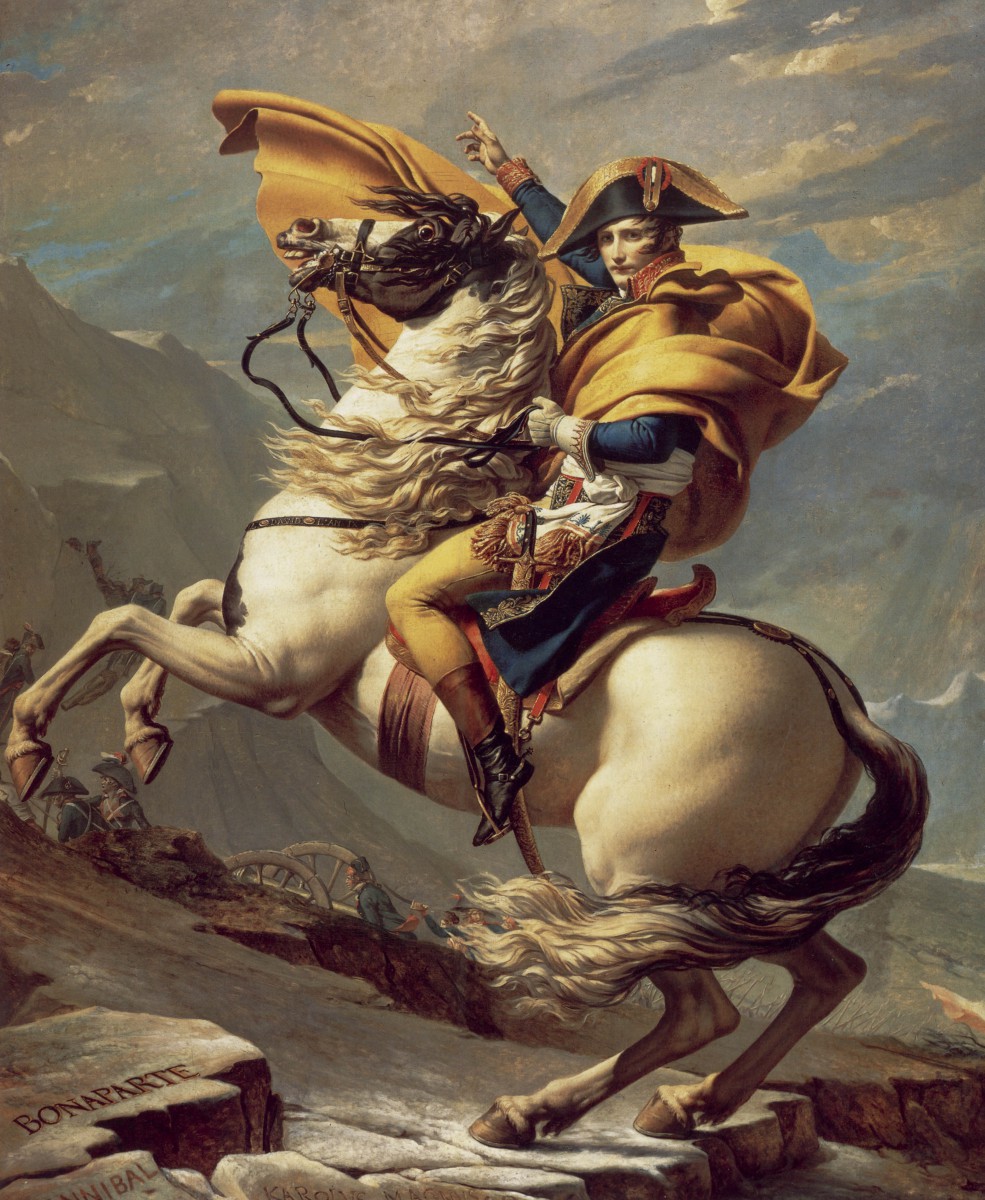
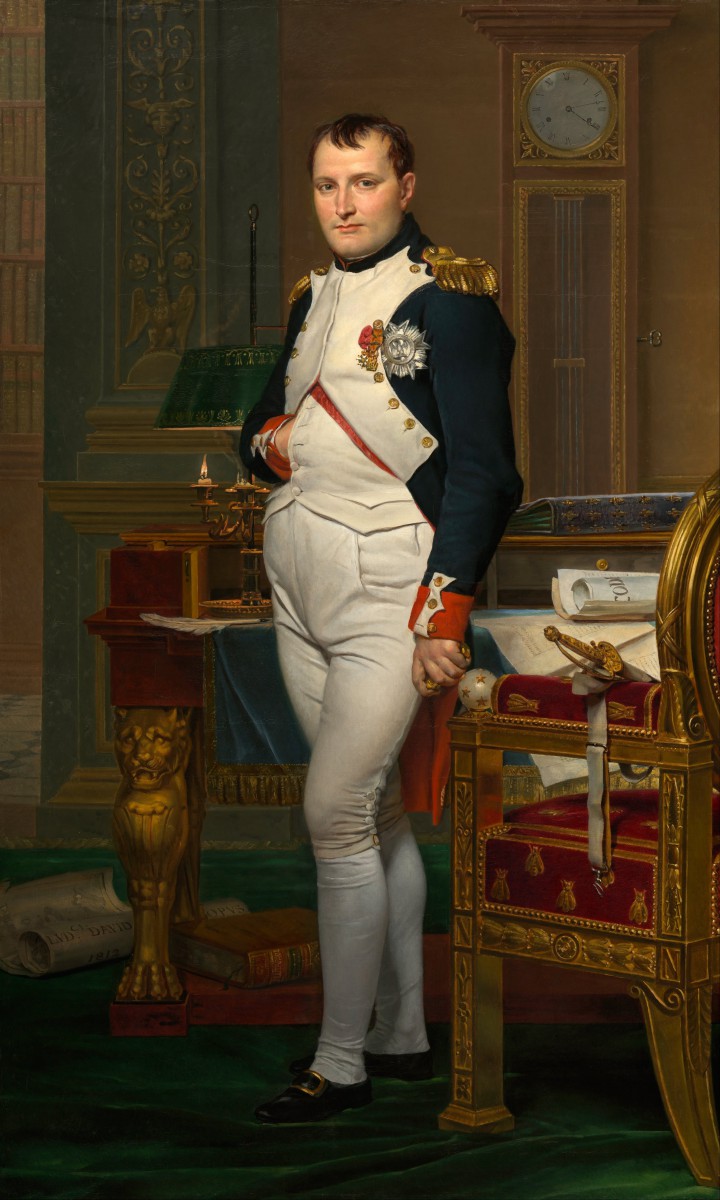
During the 10 years of his reign, he successfully conquered Spain, Germany, Poland, Austria, and Italy.
Napoleon is known for having translated the great principles of the French Revolution into law, giving France a new civil code: the Code Napoléon. His work still remains in force not only in France but also in other countries. He re-established public worship and religious tolerance, making an agreement (the Concordat) with the Pope in 1801.
But the emperor’s greatest mistake was the invasion of Russia in 1812. The great distances and severe cold of Russia caused the loss of most of his army.
Napoleon was defeated at Leipzig in 1814. Forced to abdicate, Napoleon was banished to the tiny Mediterranean island of Elba off the coast of Italy for a kingdom and granted a pension for life.
In February 1815, Napoleon returned to France for “Les Cent Jours” (The Hundred Days).
After a few victories, Napoleon was lured into a confrontation with the Allied armies, commanded by the Duke of Wellington, at Waterloo in Belgium, on the 15th June 1815.
Napoleon’s exile and death

Napoleon abdicated on the 22nd June 1815 and was taken in exile by the English under guard to the lonely island of St. Helena in the South Atlantic, a British possession.
Napoleon Bonaparte died on the 5th May 1821 in St. Helena.
In his will, Napoleon had asked to be buried in Paris on the banks of the Seine “in the midst of the French people [whom I] loved so much“. However, the British governor insisted that he should be buried on the island, in a place called the Valley of the Willows.
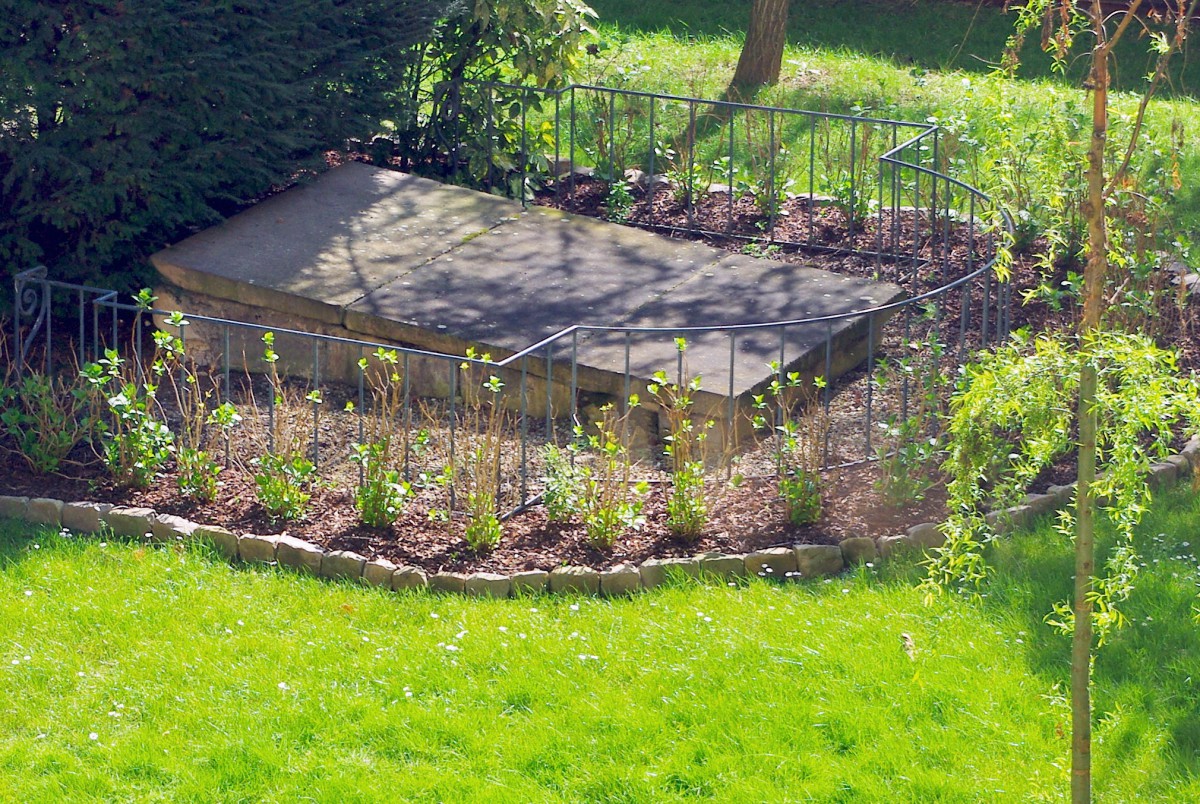
Placed in a solitary spot, the tomb of Napoleon was covered by three bare slabs placed level with the soil. These slabs can still be seen today in the garden of Les Invalides.
The ‘retour des cendres’ in 1840
Then in 1840, King Louis-Philippe was granted from the British the agreement to repatriate Napoleon’s remains to France. The ‘retour des cendres‘ (returning of the ashes) is an episode that relates the return of the mortal remains of Napoleon in the Hôtel des Invalides, Paris.

When the mortal remains of Napoleon was transferred from St. Helena Island to France, the tomb was set up in the St. Jérôme chapel, a side-chapel of the Dome church of Les Invalides.
Architect Louis Visconti had a circular hollow cut beneath the dome to create a sort of an open crypt. In its centre would be placed a large sarcophagus containing the remains of the emperor.
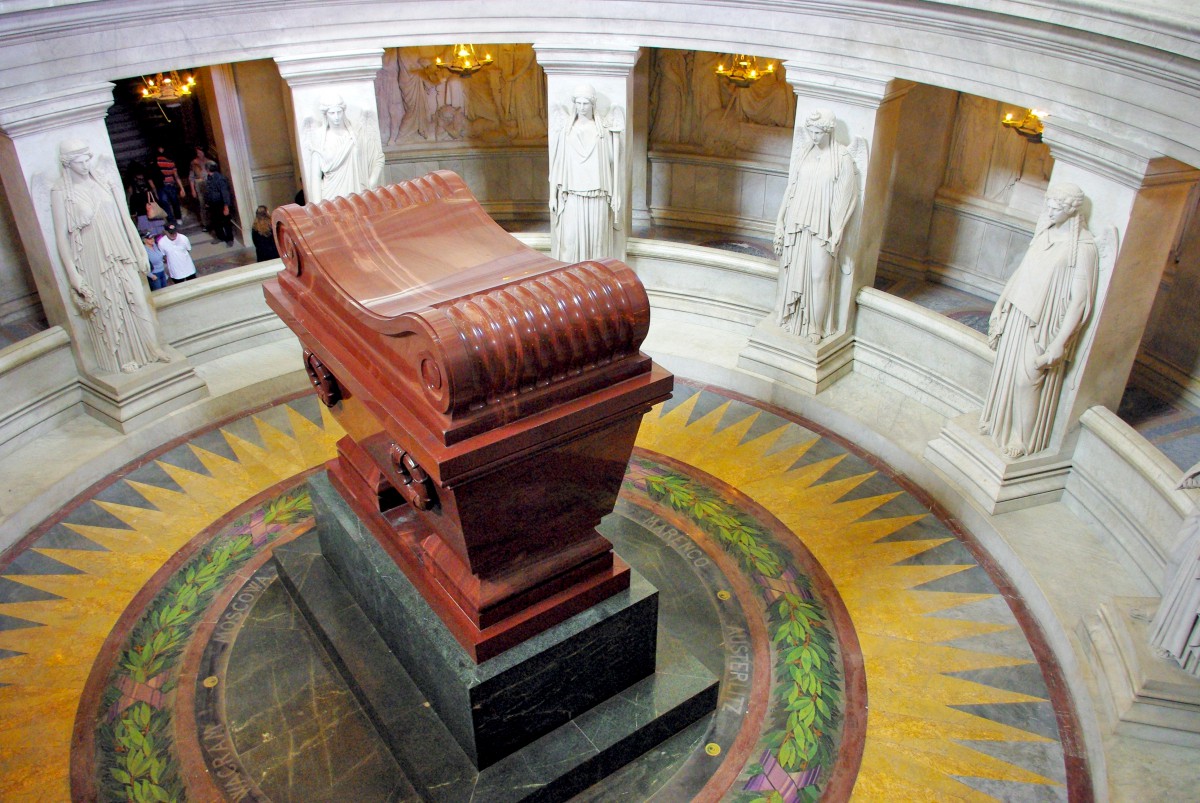
Napoleon’s coffin was moved to the dedicated crypt in 1861 during a ceremony presided by his nephew, Napoleon III.
Pin it for later:
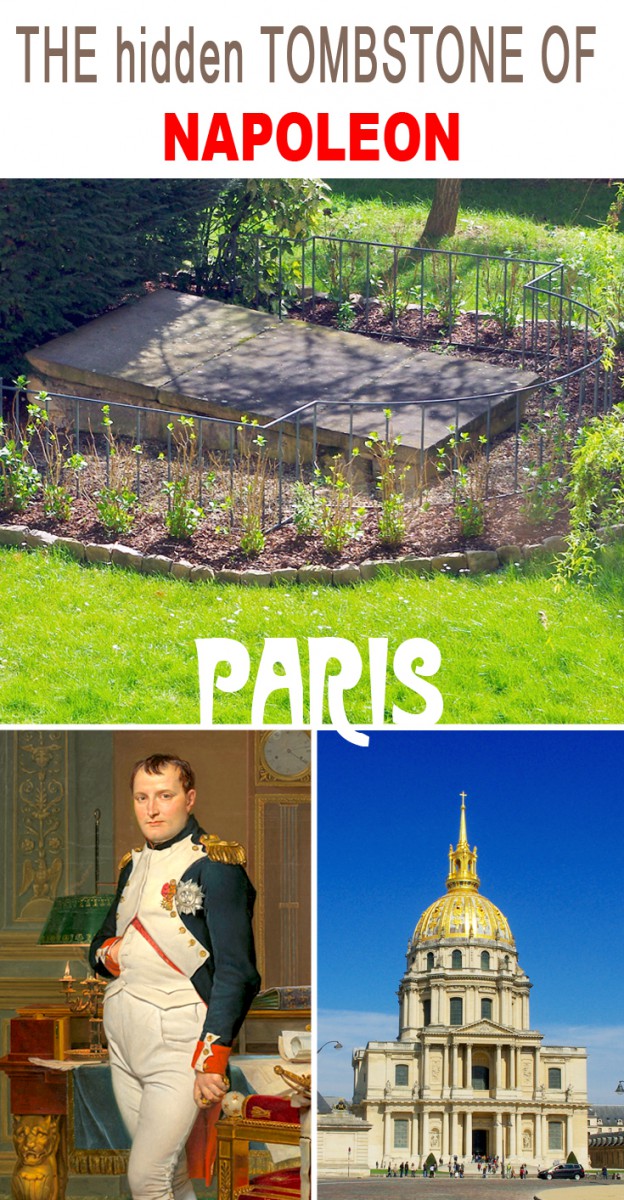
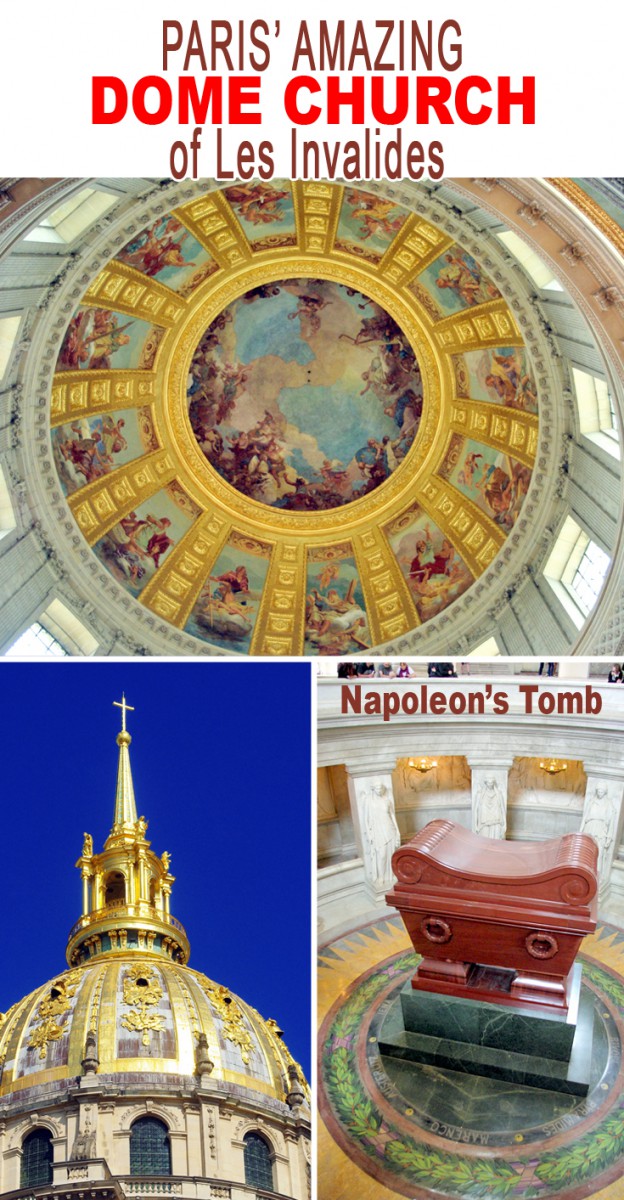
Did you like what you read? If so, please share this article on Facebook or Twitter!

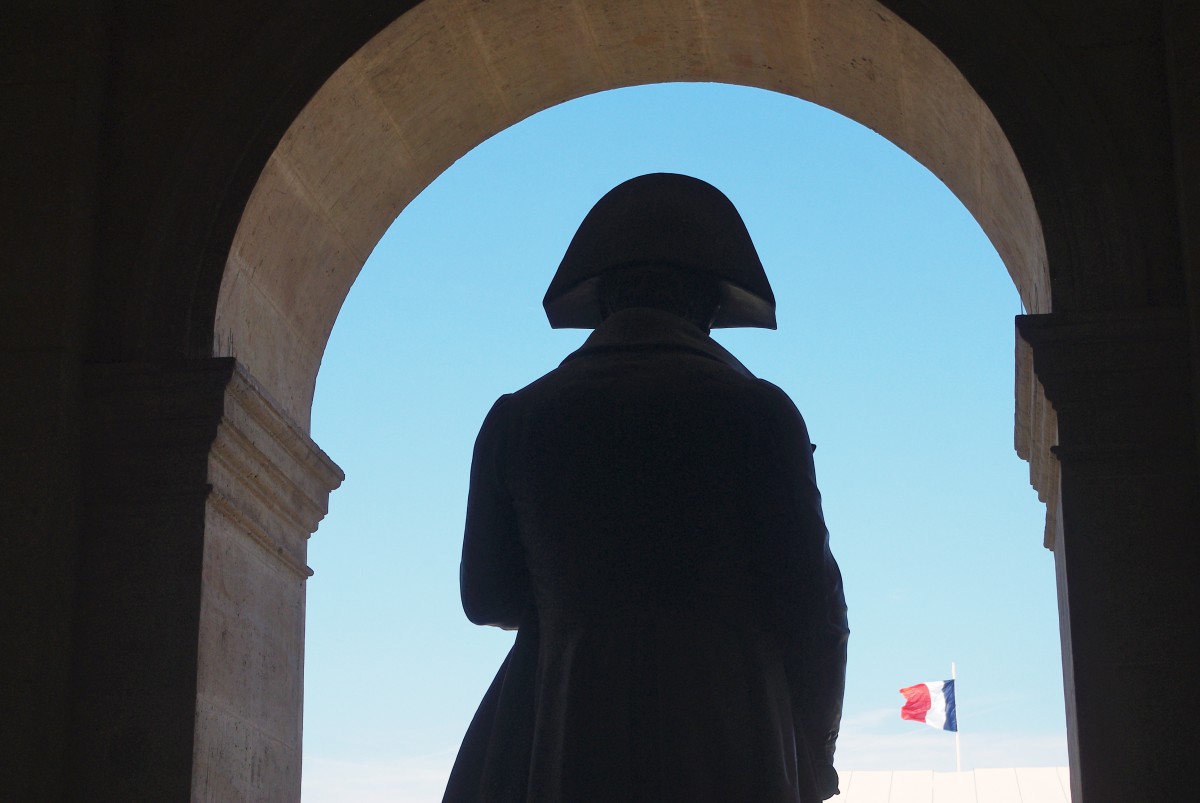


This is very nice bio on Napoleon Bonaparte…..
❤❤😇😇
You’re welcome!
This was a great biography of Napoleon Bonaparte which helped me to do my history holiday homework…
Thank you, glad the article helped! 🙂